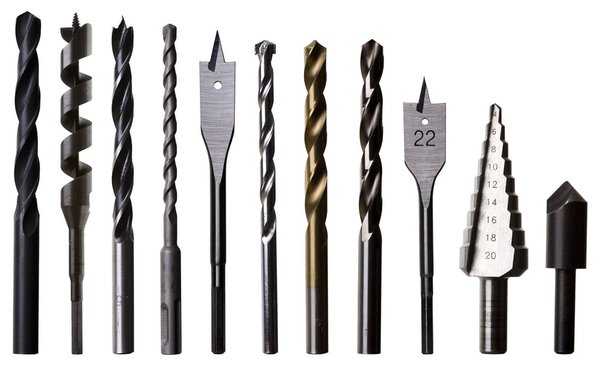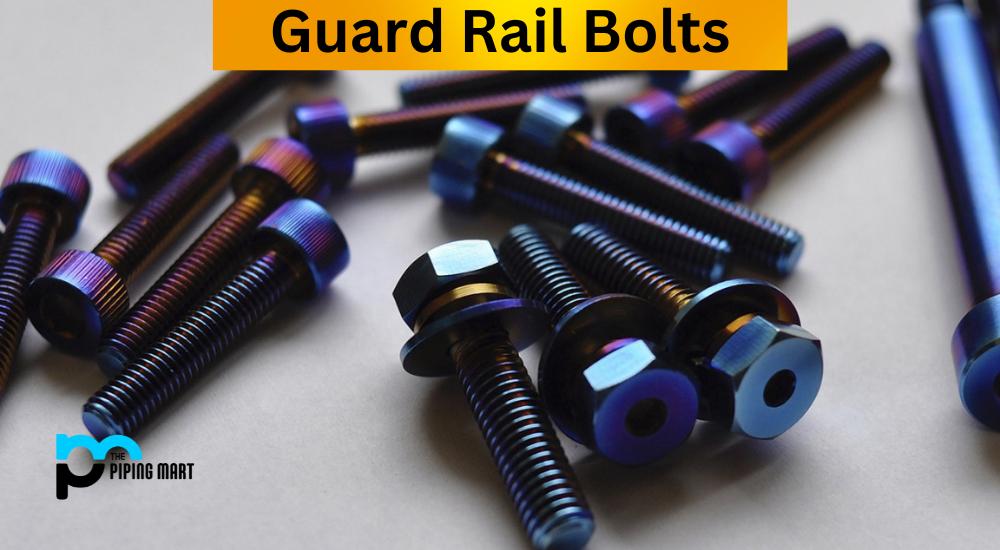Alloys are a critical component in various industries, offering enhanced material properties through the combination of different metals. This article delves into the basics of alloys, their composition, applications, and benefits, with a particular emphasis on their role in construction and manufacturing. Additionally, the article touches on the relevance of geonets, a related material used in civil engineering.
What is an alloy, and how is it formed?
An alloy is a material made by combining two or more metals, or a metal and another element, to improve its properties. Alloys are formed through a process called alloying, where the base metal is melted and mixed with other elements. Once the mixture cools and solidifies, it forms a new material with enhanced characteristics such as increased strength, corrosion resistance, or lighter weight. Common examples include steel (an alloy of iron and carbon) and brass (an alloy of copper and zinc).

What are the primary applications of alloys in different industries?
Alloys are widely used across various industries due to their improved properties. In the automotive industry, alloys like aluminum and steel are used for manufacturing vehicle frames and engines, providing both strength and reduced weight. In aerospace, titanium alloys are preferred for their high strength-to-weight ratio and resistance to extreme temperatures. The construction industry utilizes steel alloys for structural components, ensuring durability and safety. Additionally, electronics often use alloys such as solder (a combination of tin and lead) to connect components on circuit boards.
How do alloys compare to pure metals in terms of performance and cost?
Alloys generally outperform pure metals in several aspects, making them a preferred choice in many applications. They often exhibit higher strength, better corrosion resistance, and improved durability, which are essential for demanding environments. For instance, stainless steel (an alloy of iron, chromium, and nickel) is more resistant to rust than pure iron. However, alloys can be more expensive to produce due to the complexity of their composition and the processes required to achieve the desired properties. Despite the higher cost, the enhanced performance and longevity of alloys often justify the investment.
How are alloys related to geonets in construction?
While alloys and geonets serve different purposes, both play crucial roles in modern construction projects. Alloys are often used in the structural elements of buildings, bridges, and other infrastructure due to their strength and durability. On the other hand, geonets are polymeric products used in civil engineering for drainage, erosion control, and soil stabilization. Geonets are typically laid under roads, railways, or embankments to provide a stable foundation and facilitate water drainage. The combination of alloys in structural components and geonets in foundational layers ensures the overall stability and longevity of construction projects.
Alloys are indispensable in various industries, offering enhanced material properties that surpass those of pure metals. From automotive to aerospace and construction, alloys provide the necessary strength, durability, and resistance to environmental factors. Although alloys can be more expensive to produce, their benefits often outweigh the costs. In construction, the use of alloys alongside geonets contributes to creating stable, long-lasting structures, highlighting the importance of these materials in modern engineering.


